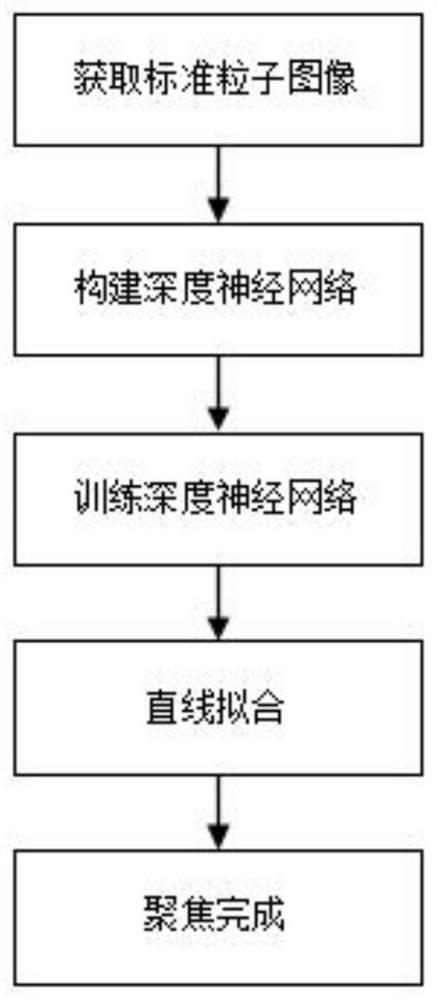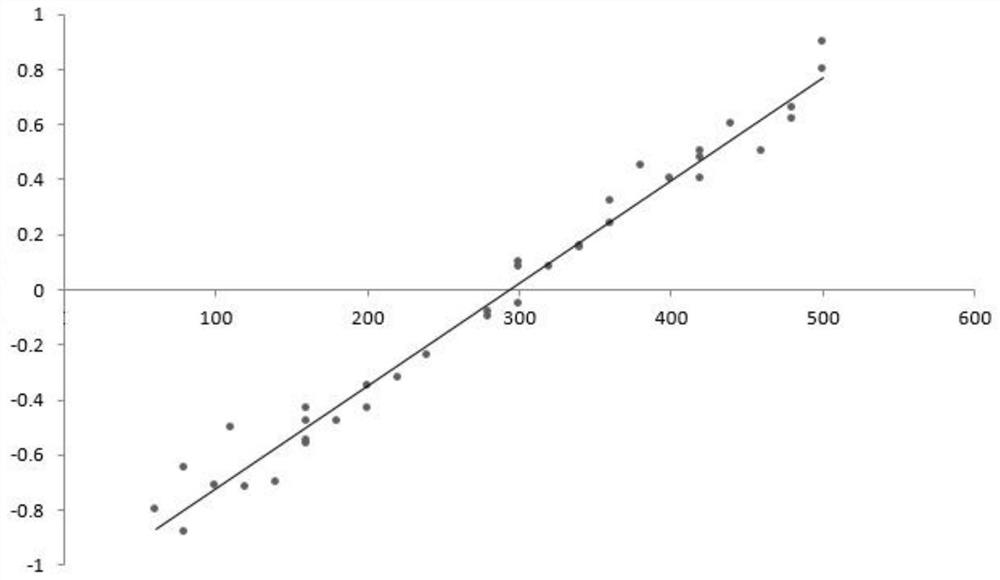An Autofocus Method for Formed Component Analyzer
A technology of automatic focusing and component analysis, applied in neural learning methods, color TV parts, TV system parts, etc., can solve problems such as inaccurate focus positions, and achieve the effect of simple calculation and easy implementation
- Summary
- Abstract
- Description
- Claims
- Application Information
AI Technical Summary
Problems solved by technology
Method used
Image
Examples
Embodiment 1
[0038] An automatic focusing method for a formed component analyzer, the automatic focusing method comprising the following steps:
[0039] An automatic focusing method for a formed component analyzer, the automatic focusing method comprising the following steps:
[0040] Step 1: the focus drive motor 5 of the autofocus device drives the planar flow cell 2, so that the focusing liquid flows through the planar flow cell 2;
[0041] Step 2: Based on the planar flow cell 2 through which the focused liquid flows in step 1, start from the initial position and move forward with the same step length, and take m images at each position, and move n positions in total;
[0042] Step 3: performing image segmentation on each of the m*n images in step 2 to obtain a standard particle image;
[0043] Step 4: Construct a deep neural network model based on the standard particle image in step 3;
[0044] Step 5: Train the deep neural network model of step 4 to obtain network parameters;
[0...
Embodiment 2
[0065] Step S1: move forward 500 steps from the starting point, with a step size of 1 micron, and take m=2 images at each position;
[0066] Step S2: Take a fixed threshold T, and use the threshold segmentation method to segment the image to obtain a standard particle image. The length and width of the standard particle image are both 40 pixels, and m i standard particle images, m i ≥0;
[0067] Step S3: Assign labels to the standard particle images, the label range is [-1.0,1.0], the label value of the standard particle at the focus position is 0, the label value of the standard particle on the left of the focus decreases in turn, and the label value of the standard particle on the right of the focus The label value of the standard particle increases sequentially, and its increasing or decreasing trend is linear, thus constructing the training set;
[0068] Step S4: The deep neural network consists of multiple convolutional layers, pooling layers, and fully connected layers...
PUM
 Login to View More
Login to View More Abstract
Description
Claims
Application Information
 Login to View More
Login to View More - R&D
- Intellectual Property
- Life Sciences
- Materials
- Tech Scout
- Unparalleled Data Quality
- Higher Quality Content
- 60% Fewer Hallucinations
Browse by: Latest US Patents, China's latest patents, Technical Efficacy Thesaurus, Application Domain, Technology Topic, Popular Technical Reports.
© 2025 PatSnap. All rights reserved.Legal|Privacy policy|Modern Slavery Act Transparency Statement|Sitemap|About US| Contact US: help@patsnap.com



